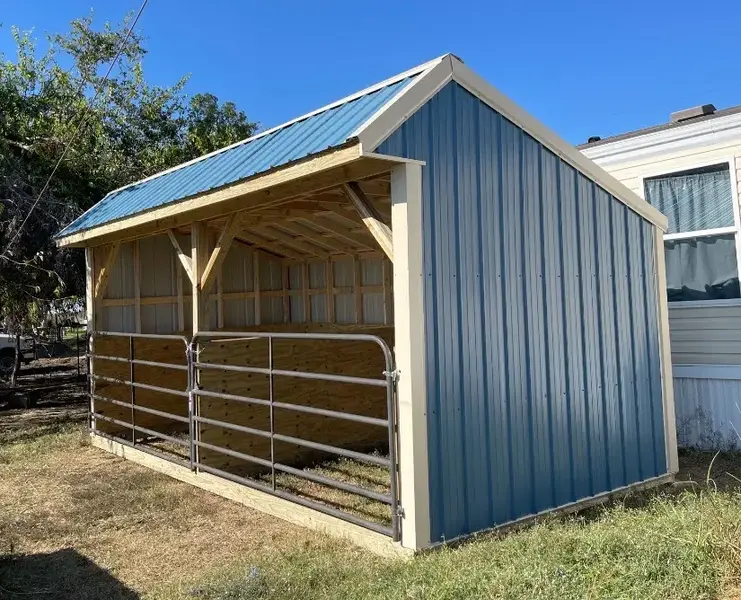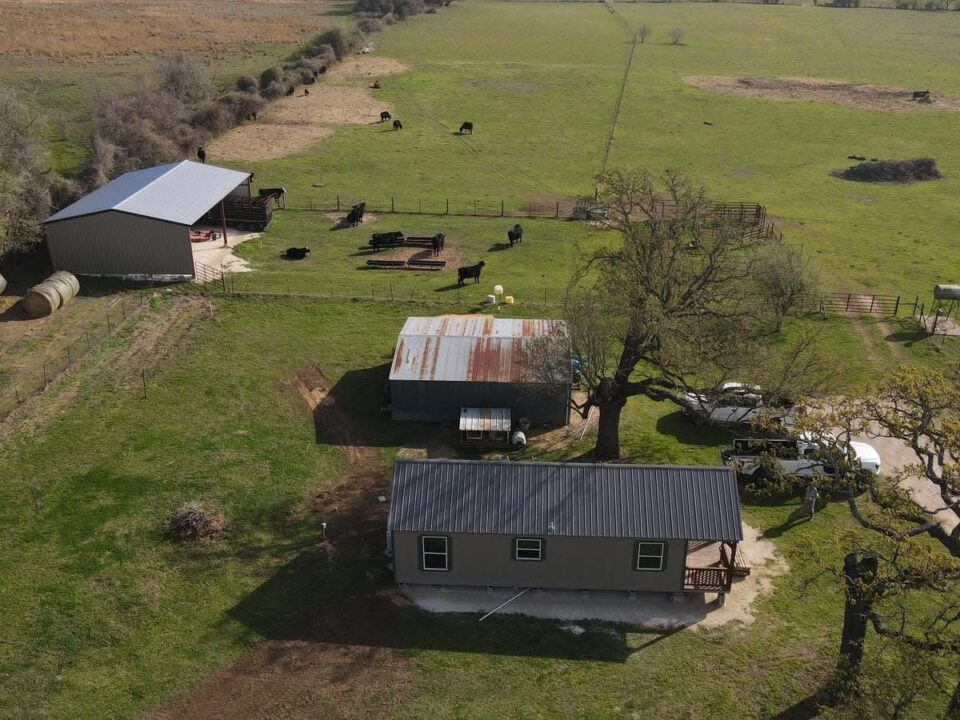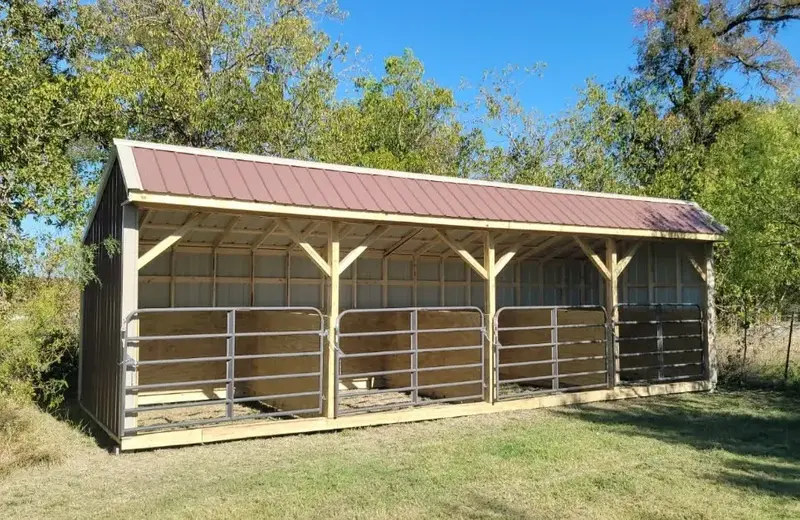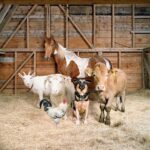
Daily Health Checks: Keep Your Animals Healthy Every Day
July 30, 2025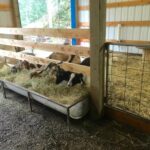
Feeding Schedules for Healthier Livestock
August 1, 2025Training Your Animals 🐎🐕🐐
Training your animals isn’t just about teaching commands—it’s about creating trust, safety, and a smooth routine on your farm. Whether you raise horses, goats, cattle, or working dogs, training your animals builds better communication and makes daily care easier for both you and them.
Why Training Matters 🐾
Animals that understand expectations are safer to handle and less likely to get hurt—or hurt you. Training reduces stress during feeding, grooming, and medical care. It also prevents bad habits that can be hard to break later, like pushing through gates or refusing to be led.
Most importantly, training deepens your bond. Animals thrive on consistency. The time you spend teaching them creates trust that pays off in every interaction.
Start with the Basics 🐕🦺
The foundation of training your animals is simple routines. For livestock, this might mean teaching them to walk calmly on a lead or wait for feed until you give the signal. For dogs, basic commands like “sit,” “stay,” and “come” make everyday handling safer.
Always start small and reward progress. Positive reinforcement—like treats, a scratch on the neck, or verbal praise—encourages animals to repeat good behavior.
Consistency Is Key 🔑
Animals learn through repetition. Using the same cues, words, and actions each time builds understanding. Train in short sessions, ending on a positive note. Consistent, calm handling creates animals that are easier to work with in the long run.
If multiple people care for the animals, make sure everyone uses the same commands and routines. Mixed signals confuse animals and slow down training.
Building Trust Before Training 🤝
Before diving into lessons, spend time simply being near your animals. Let them get used to your presence. Animals that trust you are far more willing to follow your lead. A calm, patient approach always works better than force or frustration.
Shelters designed for easy access make training smoother. A well-built loafing shed or barn provides safe spaces for handling and working with animals without stress or escape risks.
Training for Real-Life Situations 🚜
Practical training includes getting animals used to routine care—like hoof trimming, veterinary exams, and loading into trailers. Practice leading them through gates, standing tied, or stepping into stalls.
Working dogs can learn tasks like herding, guarding, or fetching equipment. Horses can be trained for trail riding or farm work, while goats and cattle can learn to follow feed buckets or walk calmly on a lead rope.
The more you practice real-life scenarios, the easier everyday chores become.
Patience Pays Off 🌿
Training takes time. Some animals learn quickly, while others need weeks to pick up a simple command. Stay patient and celebrate progress, no matter how small. A well-trained animal is worth every moment of consistency you invest.
At Wolf Valley Buildings, we design animal shelters with practicality in mind. Our structures give you easy access for feeding, grooming, and training—making your daily routines smoother. Explore our animal shelters to see how a better-built structure supports better training.
For more tips on animal behavior and training, visit Purdue University Extension for evidence-based livestock and pet handling guides.

